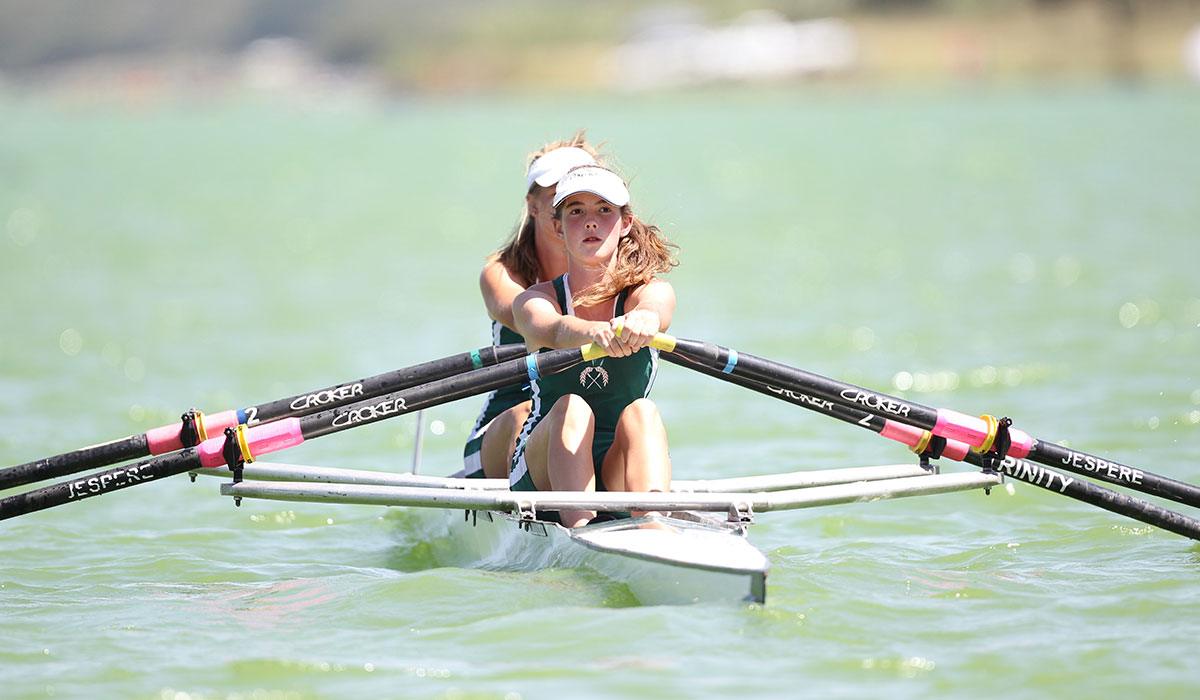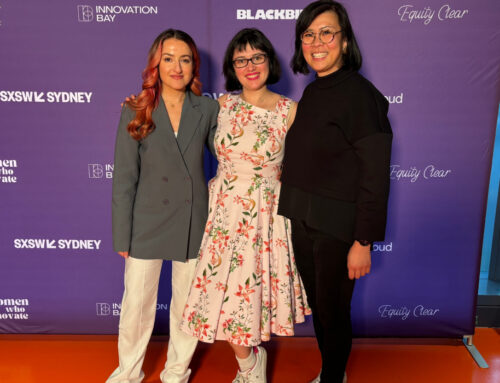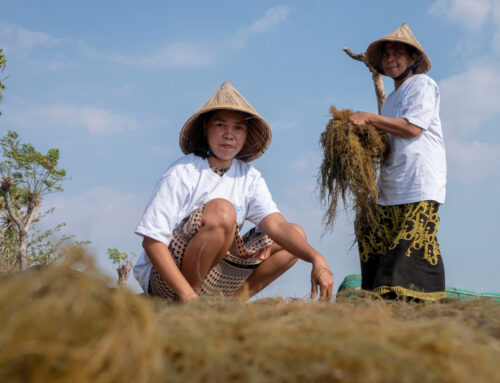As part of our mission to achieve equality for all, Alberts is committed to investing in the causes of inequality that will help accelerate the transition to a level playing field. In line with this focus, Alberts hosted a Women’s Sport and Women in Sport Workshop in September 2022, designed to identify ideas and opportunities for private capital to accelerate the women’s sport and women in sport equality agenda. The workshop included a mix of athletes, VC investors, members of the media and sporting administrators.
Challenges in women’s sport
The workshop identified several challenges currently facing women in sport, including an absence of opportunities and infrastructure, inequality in broadcasting and leadership, and an unsupportive cultural environment. Research shows that these barriers perpetuate the marginalisation of women in sport across all ages and hinder progress towards achieving gender parity1,2.
A good example of this is the differing focus and tone of media attention towards female athletes and male athletes, with language around women in sport disproportionately focusing on “aesthetics over athletics”.
This issue is also highly visible on social media. A 2019 study analysed commentary on the social media posts of Australian major sports news broadcasters and found that sportswomen received three times as many negative comments as men (27% versus 9%) and that 23% of all negative comments were sexist in nature3.
When it comes to leadership and governance positions in sport, women are generally under-represented. A 2019 report highlighted that across sixty-three Australian national sporting organisations, only 24% of CEOS were women4. Internationally, a 2016 report showed that there was less than 30% of women on boards across all organisations and less than 20% for national Olympic committees and International Federations5. While gender quotas for leadership and governance positions are becoming a common way of addressing this underrepresentation, it is also pivotal to recognise the need for cultural change to create a meaningful long term impact6.
These challenges highlight the need for continued education around gender equality, as the cultural environment not only impacts female athletes, but also young girls participating in sport at the grass roots level. A 2017 survey found that, more than any other setting, girls aged 10 to 17 see sport as the space where they receive unequal treatment to boys7.
The changing environment in women’s sport
Despite the challenges, participation levels in women’s sport have been steadily increasing in Australia8, due to factors such as increased investment, increased broadcasting, and increased awareness of and demand for women in sport from the public9. Research by Fox Sports found that nearly 70% of Australian watch more women’s sport now than they did before 2020, with 56% of those people attributing it to increased media coverage of female competitions, while 49% credited increased dedicated broadcast coverage10.
Another factor behind the changing environment is the increased visibility and recognition of women’s sports, which is also driving better outcomes for female athletes. In July, Australia will be hosting the FIFA Women’s World Cup. The Matilda’s will be captained by Sam Kerr, who has a Aud$2m contract with Chelsea Football Club, a Aud$1m endorsement with Nike11, and who was the first woman to appear on the global cover of the FIFA video game. Further, during the month of March, fourteen Australian female cricketers will be earning a combined A$2.5m over 3 weeks in the first ever Women’s IPL tournament, with Ash Gardener earning $558,00012. (Noting that these figures pale in comparison to what males are being paid)
Australia follows the global pattern of surging participation and record-breaking attendances across women’s sport, including football13, cricket14 and rugby15. In the US, sponsorship deals for major women’s sports grew 20% year-on-year in 2022, whilst there was record viewership of women’s college sport16 as well as the launch of a 24/7 Women’s Sport Network. Locally, in 2021, the Commonwealth Bank of Australia (CBA) announced a significant investment in women’s sport, including a four-year partnership with the Matildas, as well as extending their long-running partnership with the Australian Women’s Cricket Team. The investment has been hailed by these respective sporting organisations for their positive impact on women’s sport in Australia, helping to improve financial stability and inspire more girls to participate in sport at all levels17,18. In Europe, a UK study found that audiences are now consuming seven times more women’s sport than they did in 2012, with a notable highlight being the 27.4m people who watched the England Lionesses win over Germany in the final of the 2022 European Championship (for comparison, 23m people watched the England men’s team in their concluding quarter-final game of the 2022 World Cup)19.
Opportunities in Women’s sport
Looking to harness this positive momentum, the Alberts Women’s Sport and Women in Sport Workshop identified several ideas and opportunities for private capital to accelerate the women’s sport agenda.
As the popularity of women’s sport continues to grow, there is an exciting opportunity to invest in women’s sports leagues and teams. For instance, Australia could reimagine a women’s professional sporting club that is women led and owned, drawing inspiration from the success of Angel City FC in the US. Angel City is unique in that it is one of the few professional sporting teams to have a majority female ownership group and has attracted investment from high-profile investors, including celebrities such as Natalie Portman, Serena Williams and Jennifer Garner20. The importance of woman-led sporting clubs is multi-faceted in that they provide a platform for women athletes to showcase their abilities without facing the same barriers that have historically been faced by women in sports, whilst also serving as a model for other organisations to shift the culture of the sports industry towards equality for all.
Other opportunities to invest in women’s sport that were identified in the workshop include buying equity in female athletes, utilising technology to improve the entertainment experience, and investing in a women’s sport centre of excellence/innovation hub.
In summary, the evolving landscape of women’s sport represents a potential opportunity for woman athletes, teams, organisation and private investors. While there are still many challenges, with growing participation, sponsorships, media coverage, role models, as well as strong leadership and advocacy, the industry is positioned to flourish. If we can continue to accelerate gender equality and if there is further investment in women’s sport, we will see a diverse and equitable sports landscape that benefits everyone.







